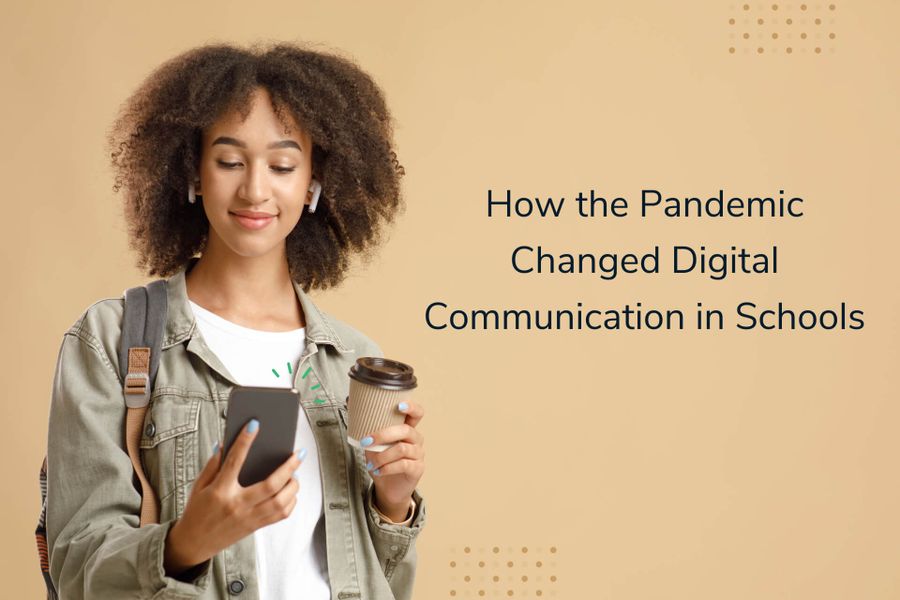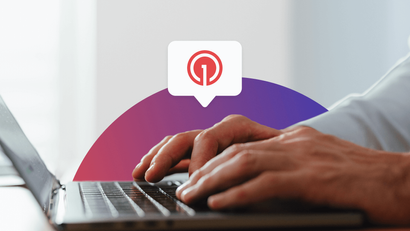As the COVID-19 pandemic unfolded in 2020, schools and universities began relying more heavily on technology to accommodate a lack of in-person learning. Digital communication channels such as email, mobile push notifications, and text messaging (SMS) became indispensable to teachers, parents, administrators, and children alike.
Given the existing potential of these communications, we were curious to know more about how these channels were used during the pandemic and if parent and teacher communication preferences had changed as a result.
To do so, we partnered with the independent survey platform Pollfish. They surveyed 1,000 individuals, age 25 and older. Of those surveyed, 80 percent were United States-based parents with children in school and 20 percent were teachers or school administrators for kindergarten through 12th grade.
How Schools Used Communication Channels Prior to the COVID Pandemic
Long before COVID-19 altered the world, digital communication channels were already becoming popular in the education sector. Mobile-first channels are well-suited to communicating on-campus safety alerts, logistical information, class updates, and more. In addition, these channels have the potential to be used as teaching aids and as a means to boost student engagement.
Parents understandably want to receive updates in a convenient, timely, and front-and-center way. In 2018, 80 percent of parents considered email the most effective way for schools and districts to communicate with them.
SMS has also been known as a highly effective channel for students. In the 2004 Greek Olympic games, SMS was used to support visitors in learning and using basic Greek expressions and phrases as they navigated the foreign country. In another pre-pandemic study, SMS was shown to provide a way for first-year college students to establish connections and build community with their peers. Push notifications have been shown to “reach beyond the classroom,” allowing teachers to modify their learning models and students to better adhere to their study schedules.
Key Survey Findings
Insight from Educators & School Administrators
When we surveyed educators and school administrators, we discovered a positive sentiment toward digital communication methods.
- 74 % of educators/administrators found digital communications helped them stay in touch with parents.
- 70 % found digital communication either less time-consuming or about the same as phone or in-person meetings.
- 50 % of respondents cited email as their most common method of communication.
- 40 % percent of respondents said they used push notifications or text messages.
Email was the most common digital communication method educators and administrators used to keep in touch with students and parents, followed by push notifications or text messages. Although email was used most frequently, channel preferences were evenly split between email, push notifications, and SMS. If given the option to choose their own digital communication tool, one-third of survey respondents preferred email, one-third preferred text message alerts, and one-third preferred push notifications.
The top three content themes that digital correspondence was used for:
- General school updates/events reminders
- COVID-related updates
- Assignment/homework reminders
If given the option, educators and administrators also wanted schools’ digital correspondence to parents to focus more on student academic progress and grading.
Insight from Parents
Parents also gave their feedback around their experience with digital communications during remote or hybrid learning.
- 37 % of parents said their children’s schools were completely virtual during the 2020-2021 school year
- 35 % of parents responded that their children had a hybrid learning environment.
- 70 % of parents found that their child’s teachers and school administrators effectively leveraged digital communication tools to stay in touch with them during the past school year.
Parents found that the most useful topics shared included general school updates and reminders, assignment and homework reminders, and academic progress and grading reports.
The Takeaway
The feedback we’ve collected indicates the value of digital communication tools like emails, push notifications, and text message alerts, while also shedding light on how K-12 schools can continue to leverage these digital tools as students transition back to an in-person classroom experience. Our results suggest that teachers can use digital channels to heighten engagement with parents and students outside of the classroom. Our data also reveals changes in parents' channel preferences before and after the pandemic, as our respondents equally preferred push, SMS, and email as modes of communication, compared to pre-pandemic studies that highlighted a stronger preference for email.
Schools can now reach parents and students with a range of content through their preferred digital communication channels, which in turn can improve students’ engagement with and performance in the education system.
Read: 6 Ways Schools are Using Push Notifications



